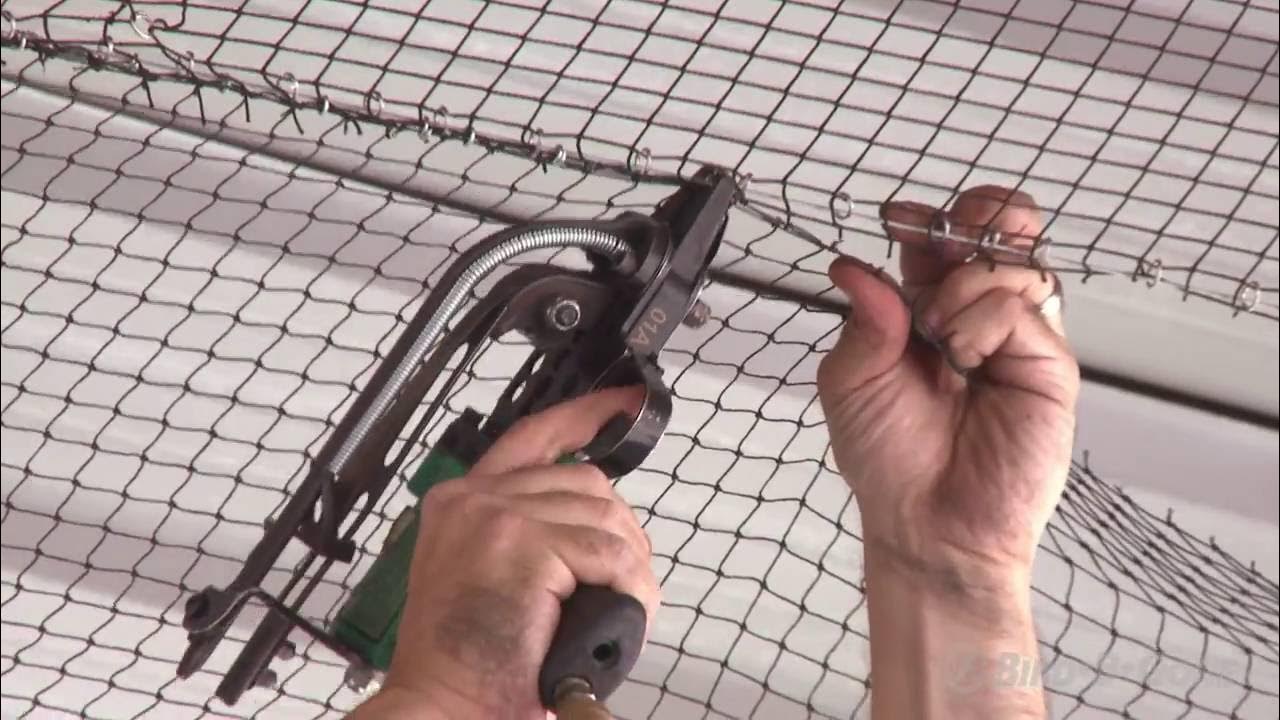
Unveiling the Essential Gardening Tool: Exploring the Benefits of Garden Netting
Gardens, with their vibrant colors and fragrant blooms, are sanctuaries of serenity and growth. However, maintaining a thriving garden requires diligence and protection against various threats like pests, harsh weather, and browsing animals. Among the arsenal of tools available to gardeners, garden netting stands out as a versatile and indispensable ally. In this article, we’ll delve into the numerous benefits of garden netting and how it can elevate your gardening experience.
1. Pest Control: One of the primary purposes of garden netting is to keep pests at bay. Insects, birds, and small mammals can wreak havoc on your plants, causing irreparable damage. Garden netting forms a physical barrier that prevents these pests from reaching your precious crops. By covering your garden beds or individual plants with netting, you can effectively protect them from being devoured by pests, thus safeguarding your harvest.
2. Bird Deterrent: Birds, while charming visitors to the garden, can also be notorious for nibbling on ripe fruits and tender shoots. Garden netting provides a solution by creating a barrier that prevents birds from accessing your crops. The fine mesh of the netting is designed to keep birds away without causing them harm, allowing your fruits and vegetables to ripen undisturbed until they’re ready for harvest.
3. Weather Protection: Extreme weather conditions such as heavy rain, hail, or scorching sun can damage delicate plants and stunt their growth. Garden netting acts as a shield against these elements, providing protection to your plants when they need it most. By covering your garden beds or creating makeshift shelters with netting, you can mitigate the impact of adverse weather and ensure the continued health and vitality of your garden.
4. Sunlight Regulation: While sunlight is essential for photosynthesis, too much of it can be harmful to certain plants, leading to sunburn or wilting. Garden netting allows you to regulate the amount of sunlight reaching your plants by providing shade where needed. By strategically positioning netting over your garden beds, you can create a more favorable microclimate for your plants, promoting healthy growth and preventing sun-related damage.
5. Support for Climbing Plants: Many gardeners cultivate climbing plants such as beans, peas, or cucumbers, which require support as they grow vertically. Garden netting serves as an ideal support structure for these plants, allowing them to climb and thrive without the need for additional trellises or stakes. By training your climbing plants to grow along the netting, you can maximize space in your garden and encourage better air circulation, which is essential for preventing diseases.
6. Prevention of Plant Diseases: Garden netting not only keeps pests and animals away but also helps prevent the spread of plant diseases. By creating a physical barrier between plants, netting reduces the risk of pathogens being transmitted from one plant to another. This proactive approach to disease prevention can significantly improve the overall health of your garden, allowing your plants to flourish without the threat of infections.
In conclusion, Garden Netting is a versatile and indispensable tool for any gardener looking to protect and nurture their plants. From pest control to weather protection and beyond, the benefits of garden netting are manifold. By incorporating garden netting into your gardening routine, you can create a safer and more productive environment for your plants to thrive, ensuring a bountiful harvest and a flourishing garden for years to come.